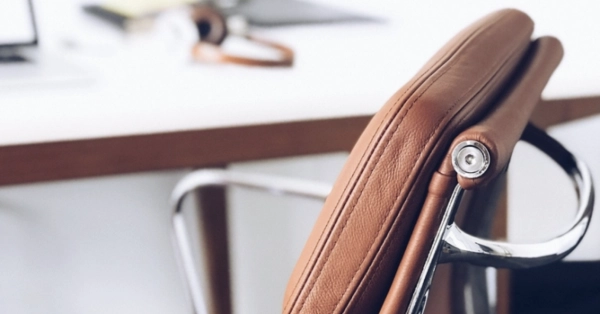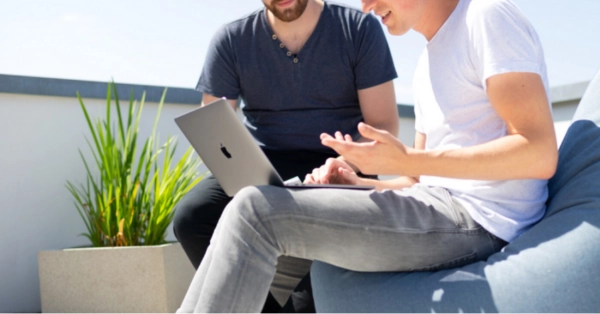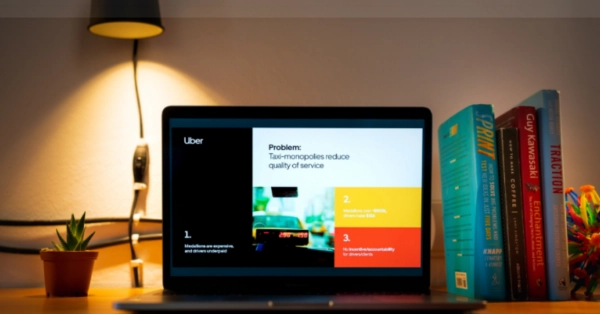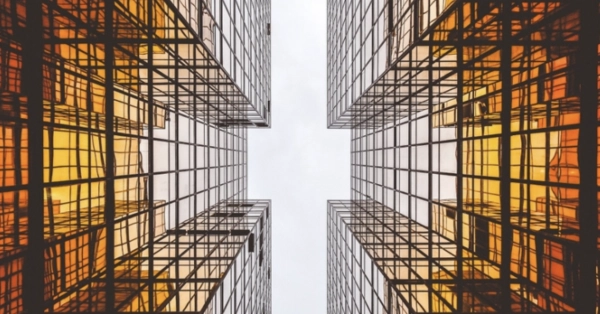Artistic or creative interventions are actions involving people, practices, or products from the world of the arts entering the world of (non-art-based) organizations. In recent years, they have become an interesting tactic supporting new ways of seeing and doing things in organizations, regardless of their profile. Also known as arts-based initiatives, creative interventions “bring people, processes, and products from the world of arts into the workplace” (Berthoin Antal 2009).
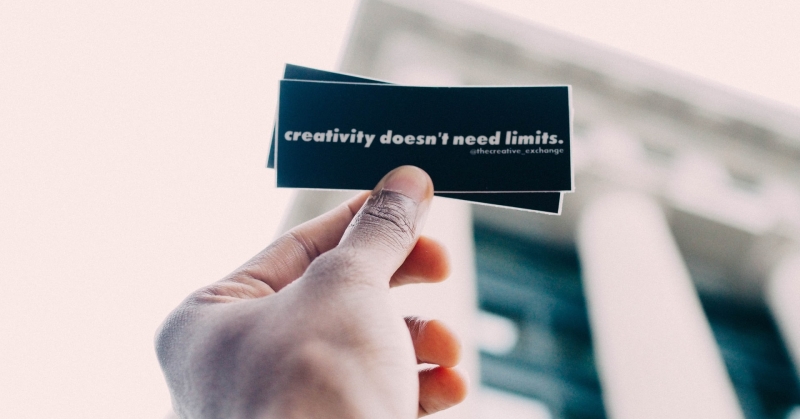
What are creative interventions?
“An art intervention is an interaction with a previously existing artwork, audience, or venue/space. It has the auspice of conceptual art and is commonly a form of performance art. This can also refer to a form of art that enters a situation outside the art world in an attempt to change the existing conditions there. For example, intervention art may attempt to change economic or political situations or may attempt to make people aware of a condition that they previously had no knowledge of. “
The origins & “mechanics” of art interventions
The popularity of art interventions emerged in the 1960s, when artists attempted to radically transform the role of the artist in society, and thereby society itself. They are most commonly associated with conceptual art and performance art and the term intervention clearly expresses the idea ”to interrupt or to break continuity!”. In recent years, creative interventions have been introduced by employers to support change, to strengthen creativity and innovation capability, to improve working conditions, and to enhance the skills of professionals.
In other words, we may state that creative (or artistic) interventions occur when people, products, or services from the world of arts “meet” organizations working on non-cultural/artistic issues to promote innovation, implement, improve or look for solutions and opportunities within working processes, human working relationships to promote innovation and to foster the values of the organization.
Clearly, the creative interventions represent innovative means to respond effectively to significant challenges such as the Covid-19 pandemic due to their high potential of stimulating learning experiences and productive changes as well as developing operational and dynamic capabilities of non-arts-based organizations.
It is important to note that the trend is also driven by an interest on the part of artists, who are discovering organizations as a site for their own creative production, as well as an opportunity to influence society and to earn a living.
An increasing number of artistic interventions are developing throughout Europe and arts-based learning has emerged as a new pedagogy in management education as a consequence of wide-ranging economic and social developments.
What is the impact of such interventions on artists?
So far, research suggests that artistic interventions have an impact on artists in terms of financial and artistic benefits, improvement of artistic abilities, and an inspirational impulse via a mutual challenge. They also have a significant impact on organizations fostering the development of technical skills, enhancing creativity, motivation, communication, team building, and brand identity.
The ”confrontation” among different perspectives, behaviors, and values from these two “universes”, the Universe of Artists and Creatives and the Universe of non-creative Organisations/Employers can generate wellbeing, innovation, and new perspectives by challenging underlying assumptions and irritating routines in an organizational culture, thereby opening spaces of possibility.
Stimulating employers and their staff to engage with the arts in their workplace can be seen as a potential trigger for all, as artists, employers, and organizational staff can jointly explore innovative ideas and undertake experimental pathways to create new practices that do not reside in any one of these groups, alone.
An artist or creative professional brings an X-factor to the established processes in a company, team-building, idea-generation, communication training, product development, and organizational processes supporting innovation.
As described in the article Art works: how art in the office boosts staff productivity - A bright creative workspace can make employees more productive, lower stress and increase wellbeing, there are many examples of how a creative intervention can boost productivity, lower stress and increase wellbeing.
In order to succeed, organizations need to invest in creative innovation, cultural competencies, emotive knowledge, and collaboration as well as in the well-being and the skills improvement of the skilled labor. Artistic and cultural competencies have a significant role in meeting these challenges.
Possible roles for artists in creative interventions are:
- removing blockages and smoothing the path towards constructive discussions
- offering inspiration
- organizing contradiction, confrontation, and friction
- creating openings by speaking the unspeakable
- taking people out of their comfort zone
Needs of leaders within companies that creative interventions may meet:
- being open to take risks
- have goals, but they do not have fixed routes to reach the goals
- believe that trust is their basic assumption, also in the belief that taking risks will produce good results.
Artistic interventions can create a field of experimentation responding to a dual need:
Your need as a creative/artist
As a matter of fact, the arts need new spaces to contribute to social transformation by offering creativity and reflection, positive transgression, and proactive disturbance, beyond that of a decorative, aesthetic function, away from pre-conceived ideas that are not always real. Well, organizations in other sectors have become potential learning partners of the arts!
The needs of non-creative organizations/employers
Employees and managers in organizations of all kinds face the challenge of transforming products and services into memorable experiences, in response to the need to feel and experiment rather than possess and accumulate, which is creating a real revolution.
Art can meet their need to understand and respond to higher and more differentiated demands by citizens, to new social needs, or to old needs embodied in different demands and within different frameworks!
We will guide you through a virtual but realistic pathway that will enable you to take the right steps and leave your footprints to build your own creative and successful personal creative interventions by contributing to your personal and non-creative organizations’ wellbeing.















